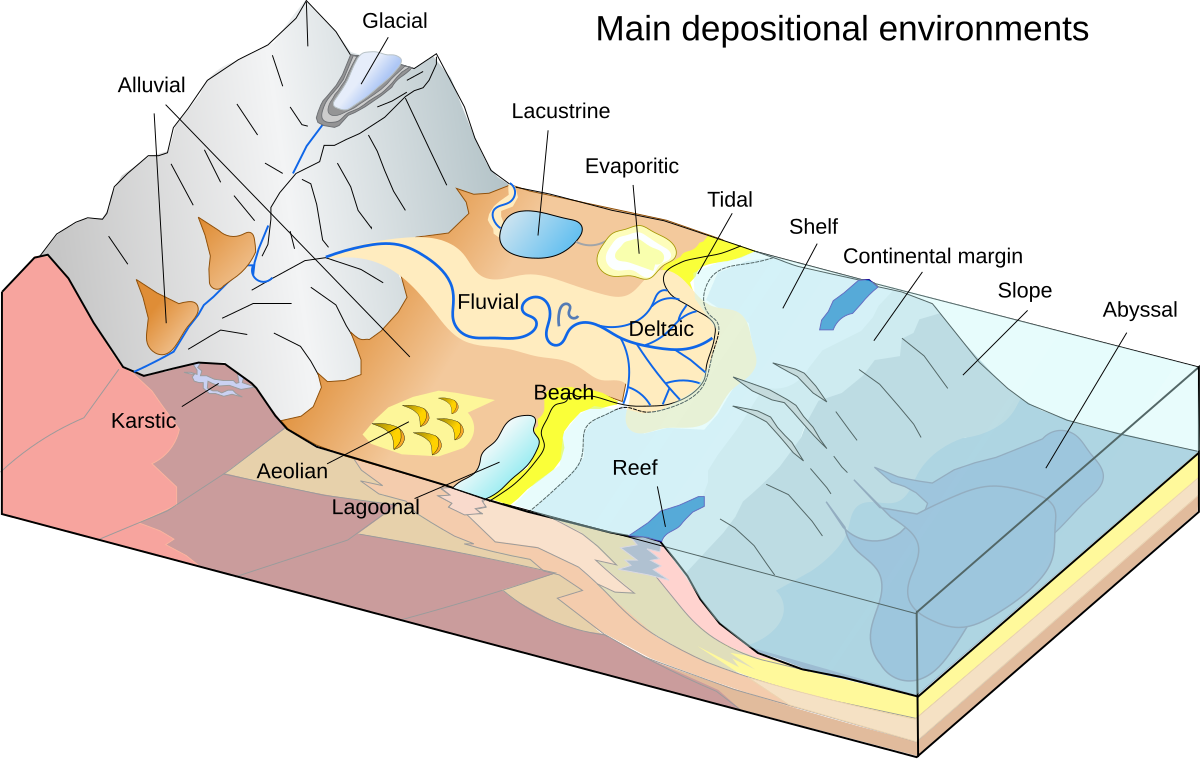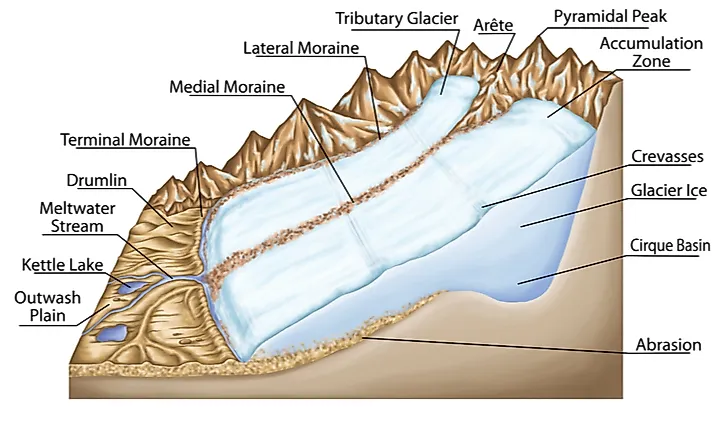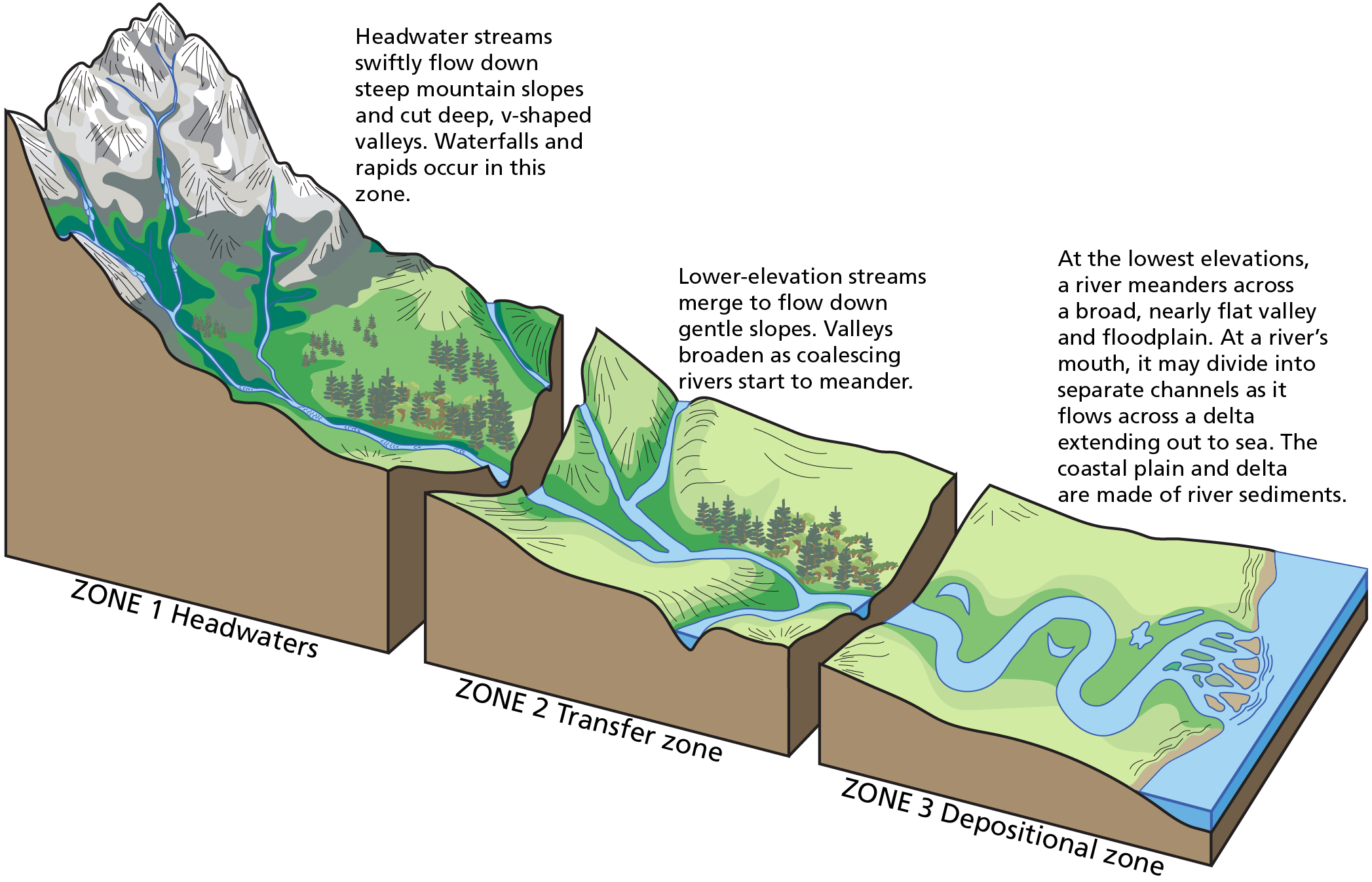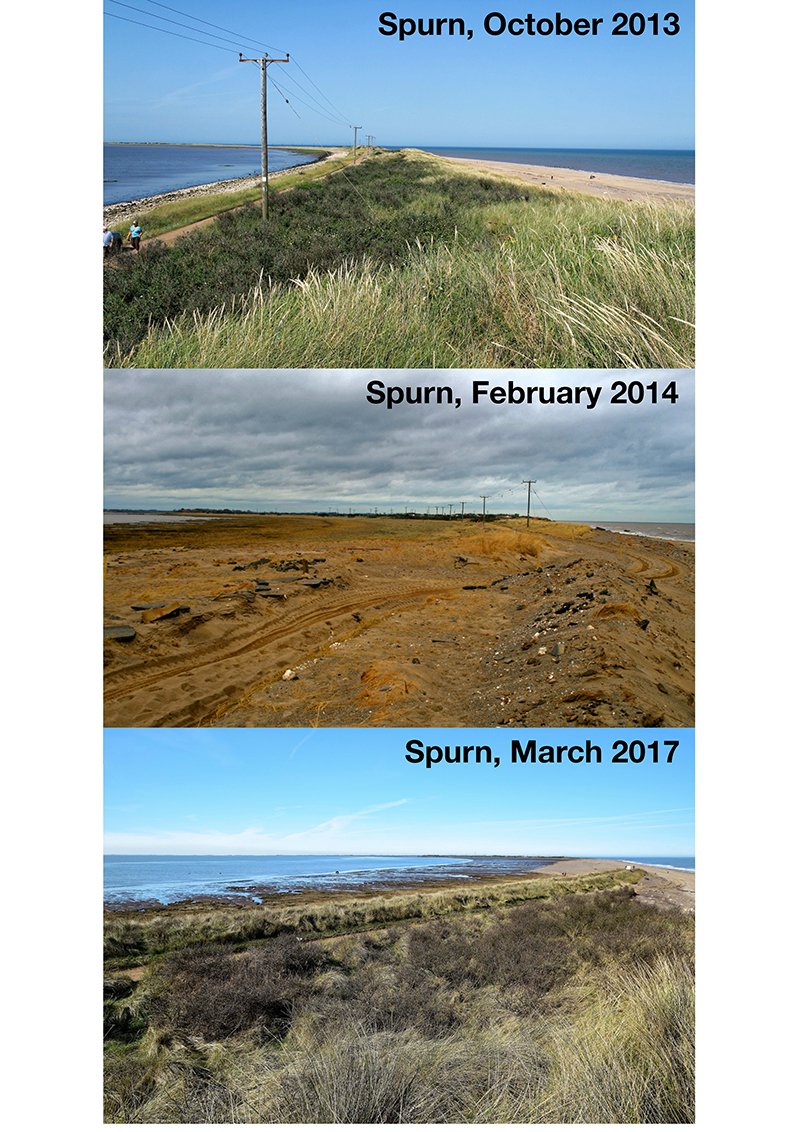1 Meanders developed through lateral erosion normal meanders 2 Meanders developed by vertical erosion or valley deepening incised meanders and 3 Misfit or unfit meander is also identified as the third type of meanders. The beach is the area between the lowest spring tide level and the point reached by the storm waves in the highest tides.

5 5 Depositional Environments And Sedimentary Basins A Practical Guide To Introductory Geology
An alluvial plain usually includes floodplains as part of its area but extends beyond such plains.

. Given elevation starting temperature and LCL calculate the changing temperature of air as it moves over a mountain. An alluvial plain represents the pattern of floodplain shift over geological time. Written By vukelj Wednesday March 9 2022 Add Comment Edit.
Look at the location map of coastal landscapes in. Her she two been other when there all during into school time may years more most only over city some world would where later up. Erosional landforms include headlands bays caves arches stacks stumps and wave-cut platforms.
Is the material that has fallen onto the side of a glacier and carried along by it. River based flooding is among one of the most frequent and. Landforms of Coastal Deposition.
The diagrams represent stages in the formation of a large depositional feature formed as a river deposited sediment over time in the ocean. Terminal Moraine is deposited by the glacier at the snout as it retreats. Advection - occurs when warmer air moved across cooler water.
There are also depositional landforms such as. Are formed by a combination of erosion transportation. Watch the first few minutes of the video below to see various kinds of landscapes in our world.
Fluvial Landforms Processes Rivers are one of the most dominant agents of landscape change Flowing waters are continually eroding transporting and depositing sediments Fluvial Processes. Low amount of silica. Coastal deposition is when the sea drops or deposits material.
Large amounts of silica. This can include sand sediment and shingle resulting in landforms of coastal deposition. Every beach is different but they are usually made up of.
Upslope orographic - occurs when air mass forced upward. The river mouths are often deposited with an excess supply of sediments and form a triangular. Formed by cooling and solidification of molten rock magmalava or welding of tiny pieces of solid volcanic rock.
Dry land can be submerged land can be raised from beneath the ocean described erosion by rivers and deposition in deltas. 3The Catskills landscape region is classified as a plateau because it has Amountain Bplateau Clowland Dplain 4New York States Catskills are classified as which type of landscape region. Outer edges are like an arc of a circle or a bow.
Types of glacier. ATug Hill Plateau BAdirondack Mountains CSt. Evaporation - occurs when warmer body of water than cool air above it.
Letter A represents a location in the ocean. The dominant geomorphic processes are hillslope erosion and deposition slope wash processes and fluvial modification alluvial deposition processes and are very localized in scope. Lawrence Lowlands DChamplain Lowlands.
When layers of sediment are. Name three types. On the basis of shape.
Name and explain three types depositional landscapes. Alluvial plains are vast sweeping stretches of plain land that are formed by the deposition of sediments called alluvium. Is material carried in the middle of the glacier.
Rocks on land in Egypt contained marine fossils assumed that the Nile Delta took thousands of years to form. Deposits of sediment are the leading cause behind the formation of beaches. Truncated delta On the basis of growth.
Different scales yield different information. On the basis of shape. Glacial till Outwash deposits and plains Moraines Terminal lateral and ground moraineseskerdrumlins Nunatak roche moutonne.
Meanders are divided into two major types on the basis of the nature of fluvial erosion eg. Arcuate delta Arcuate delta is triangular in shape. The plains formed by the filling up of sediments carried by agents of Erosion like wind rivers glaciers and underground water into depressions are called Depositional plains.
Copy down the six main types of landscapes write down a definition and find a picture for each type of landscape. The notion of water on Mars preceded the space age by hundreds of years. 1Identify the largest particle diameter of sediment that can be carried by the water.
These plains are formed by the deposition of sediments brought down by rivers. Base your answers to questions 1 through 3 on the three diagrams below and on your knowledge of Earth science. Cirque and cirque lake Horns and Serrated ridges Arêtes Glacial valleys troughs Hanging valley.
Deposition leads to the formation of a salt marsh. Create a table in your books with three columns. Up to 24 cash back How can we categorise all these types of landscapes into two.

Depositional Environment Wikipedia

Depositional Landforms Definition Types Studysmarter Original

A List Of Glacial Depositional Features Or Landforms Worldatlas

River Systems And Fluvial Landforms Geology U S National Park Service

What Is Deposition Types And Causes Video Lesson Transcript Study Com

Landforms Of Coastal Deposition Internet Geography


0 comments
Post a Comment